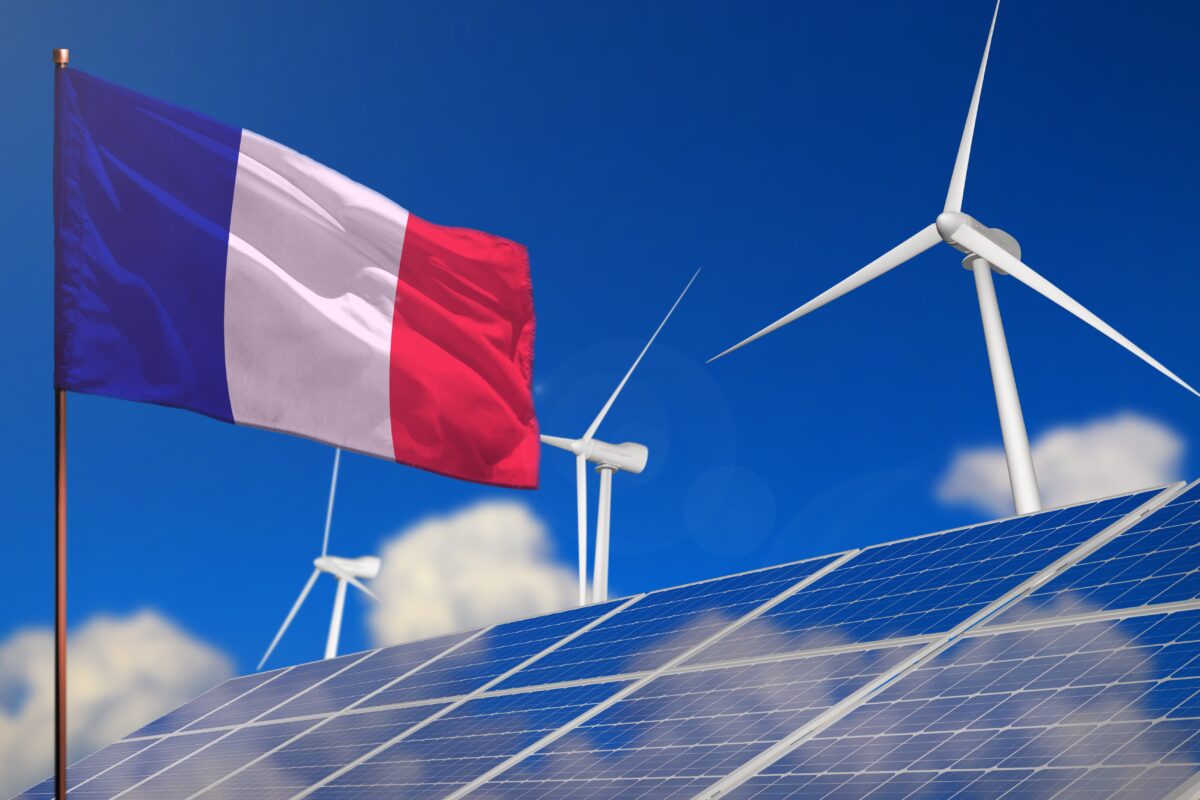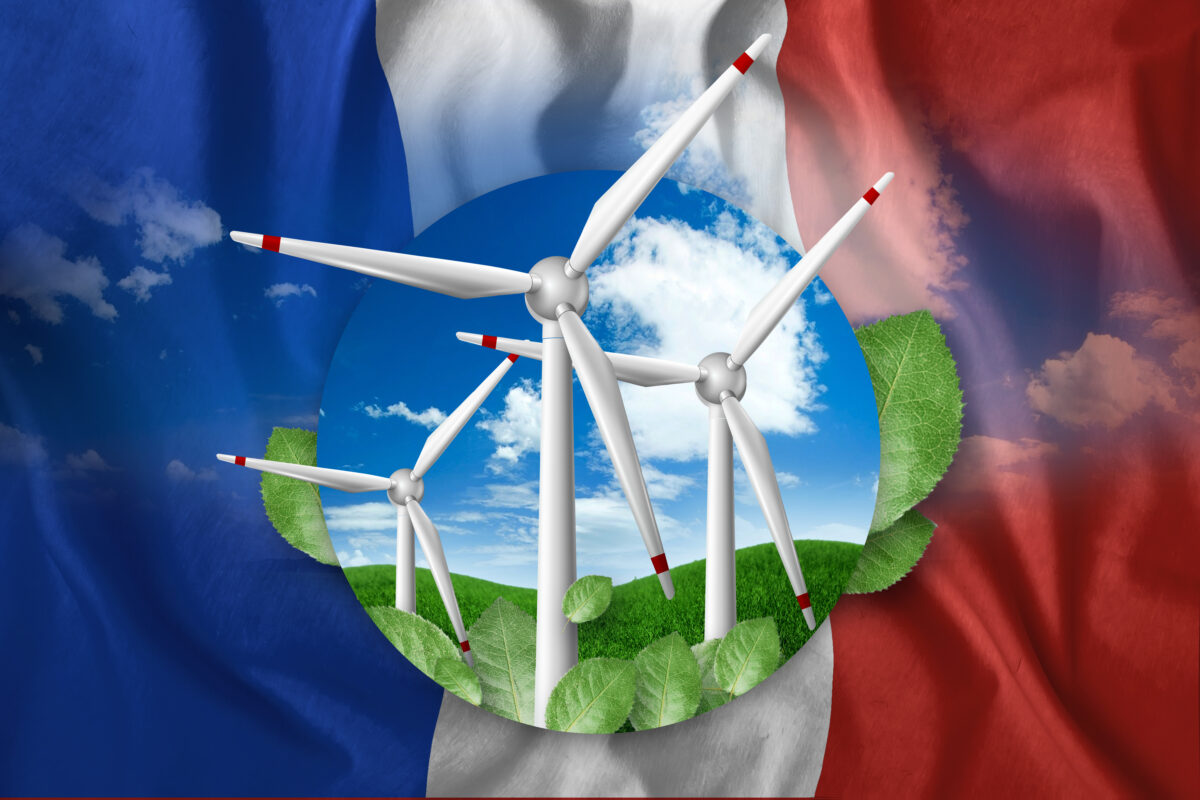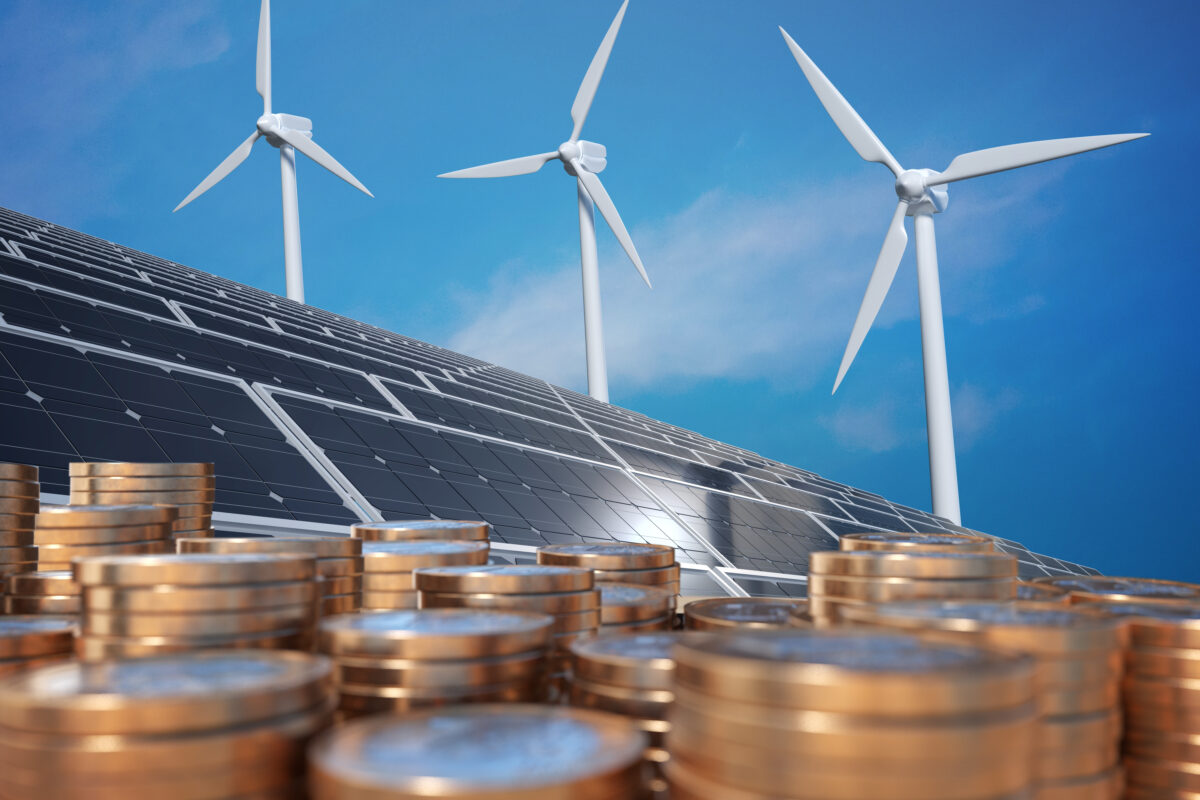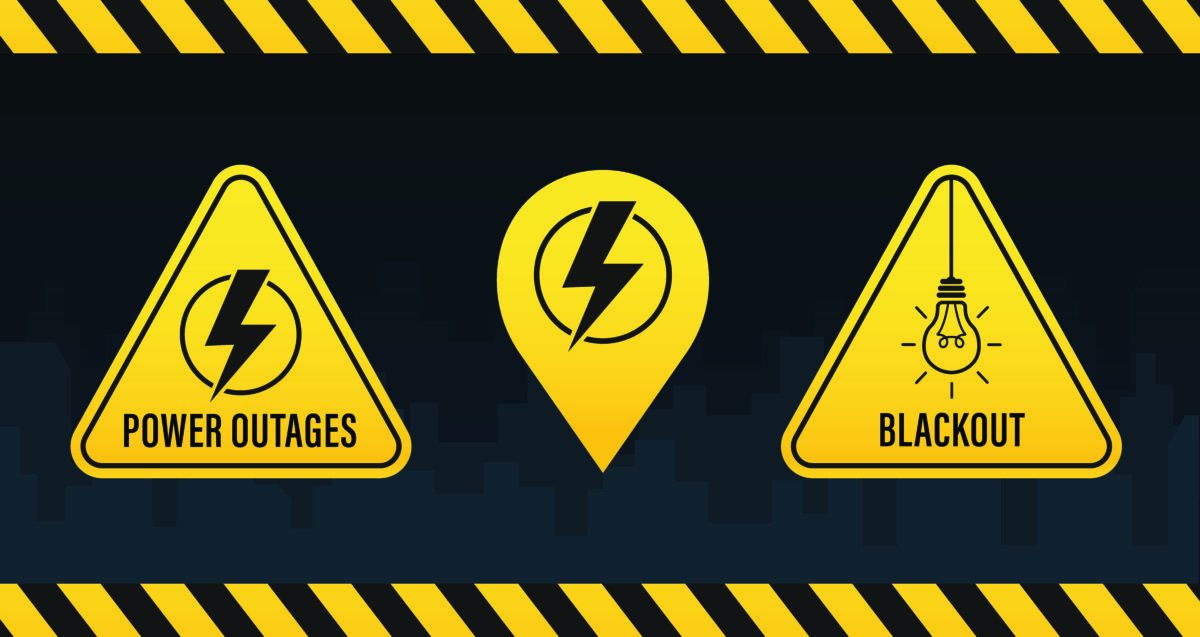Wind energy has become a major player in France’s electricity mix, generating over 50 terawatt-hours in 2023 and solidifying France as one of the European Union’s key wind power producers. The country’s wind energy sector has seen remarkable growth in recent years, with its capacity increasing more than sixfold between 2008 and 2022, from just 3 gigawatts to an impressive 21 gigawatts. Onshore wind farms dominate the landscape, accounting for over 20 gigawatts of installed capacity by 2022.
In comparison, offshore wind farms are still in their early stages, with just 480 megawatts installed as of October 2023, primarily from the Saint-Nazaire plant in the Atlantic-Loire region. However, the wind investment sector is expanding, with the Saint-Brieuc plant in Brittany starting operations in December 2023, adding 496 megawatts to the country’s offshore capacity. Over the last few years, France has held multiple rounds of tenders, awarding eight wind power plants, with more projects slated for development in the coming years.
Despite this progress, production is not evenly distributed across the country—regions like Upper France and Great East are leading the charge, contributing almost half of the nation’s total wind electricity output. However, France missed its 2020 renewable energy target, pushing the government to ramp up its ambitions. As of 2023, the country aims for 35 gigawatts of onshore and 4 gigawatts of offshore wind capacity by 2030, as part of its larger strategy to reach carbon neutrality by 2050. A part of that plan are small wind turbines.
Types of Financial Support
A few years ago France stepped up its support for small-scale renewable energy projects, including wind power, through various government schemes. These initiatives were designed to boost the country’s renewable energy capacity by more than 17 GW, with a particular focus on smaller onshore wind installations, which are key for homeowners and small businesses looking to harness wind power on their own properties.
Wind Turbine Grants in France
MaPrimeRénov’ is a financial support scheme that replaced the ISCED (Energy Transition Tax Credit) in 2021. This program is designed to support energy-efficient home renovations.
MaPrimeRénov’ was established to encourage homeowners, regardless of their income, to improve the energy efficiency of their houses and focus on renewable energy sources. By promoting eco-friendly renovations, the scheme aims to reduce energy consumption, lower carbon emissions, and improve the overall energy performance of homes.
All households can apply for the program, but the amount of the grant varies based on household income. The program provides more financial support to low-income households to promote greater inclusivity and encourage energy-efficient renovations in homes with more limited resources. Both landlords and co-owners are eligible, allowing a wide range of people to benefit from the program.

There are several sections of the program. In the first one, the maximum amount applicants can receive for renovation work has been raised from 30,000 euros to 35,000 euros. It’s specifically designed for owner-occupiers with modest or very modest incomes, and it supports renovation projects that aim to cut energy consumption by at least 35%.
The second part of the program is created for condominiums. It helps fund large-scale energy renovation projects for shared areas in condominiums, with a target of at least 35% energy savings. The cap has been increased from 15,000 to 25,000 euros. Additionally, individual bonuses for households living in these condominiums have doubled: very modest-income homeowners can now receive up to 3,000 euros, and modest-income homeowners can receive up to 1,500 euros.
To encourage people to take on more complete renovation projects, the “comprehensive renovation” packages have been boosted for households with intermediate (purple category) and higher incomes (pink category). The bonus has increased from 7,000 to 10,000 euros for intermediate households, and from 3,500 to 5,000 euros for higher-income households.
Support Schemes for Small Wind Turbines
The main support schemes that have been implemented for the promotion of sustainable energy are the feed-in tariff (FIT) and feed-in premium (FIP).
– The FIT scheme imposes an obligation on local distribution operators to purchase electricity produced by independent homeowners and companies from renewable sources at a preferential tariff – the FIT. This price, which was set by the government, is higher than the market price.
– Under the FIP scheme, producers selling electricity from renewable sources on the market at market prices receive compensation based on an agreement to be entered into with local distribution operators.
Under these schemes, the extra charges imposed on energy companies are compensated through a contribution (payment) toward the electricity as a public service, which is collected in full and directly from end-users. These support schemes are made available for small-size renewable plants.
Green Loans
France also has an option for residents who want to take a loan for their small wind turbine. The “Energy performance improvements loan” is a form of financial aid from the organization Action Logment. It was created for homeowners who wish to renovate their homes and add energy-saving solutions. It’s a 10-year loan with low interest. The amount you can apply for is up to 10,000 euros. The loan is available for property owners, landlords, and employees of the private sector who work for companies with at least 10 employees.
If you want to learn more about turbine finance but are unsure where to find information, we can help you with our free site feasibility survey to analyze your potential and help you with the process. Schedule the consultation today!
Installation and Maintenance
Ensuring that your wind turbine installation was performed correctly and your equipment is well-maintained is essential for its long-term efficiency and performance. Here are some things to consider:
– routine inspections: regular inspections are vital for catching potential problems early on. Focus on critical components such as the blades, tower, generator, electrical connections, and control systems. Identifying issues early can prevent larger, more expensive repairs down the road.
– lubrication and cleaning: regularly lubricate all moving parts to ensure smooth operation and reduce wear. Cleaning the turbine components, especially the blades and generator, helps prevent corrosion and keeps the system running efficiently. Proper maintenance can significantly extend the turbine’s lifespan, reducing the need for costly replacements.
– professional maintenance services: while routine inspections and minor repairs can often be handled in-house, professional wind turbine maintenance may be necessary for more complex tasks. Hiring certified professionals for tasks such as detailed electrical inspections or tower safety checks can prevent serious malfunctions and save money in the long run.
– component replacement: don’t delay when it comes to replacing worn or damaged parts. A failing component can affect the entire system’s performance and may lead to more extensive (and expensive) repairs if not addressed promptly. Replacing parts like bearings, gears, or electrical components as soon as necessary keeps the turbine running smoothly.
Impact of Wind Technology on Sustainable Energy
Is wind energy efficient? No one can argue that wind is one of the best options when it comes to renewable energy. It’s a powerful, infinite, and free source of energy. That is why the impact of wind turbines on the environment is mostly positive (with some exceptions when it comes to birds and bats). Wind farms, both big and small, don’t require any fuel, and after the costs of installation, they need minimal maintenance.
Those are the reasons why wind is one of the most popular and fastest developing sources of energy and a key component of energy transition for most countries, including France. Many forms of wind turbines, from large-scale ones to residential SWTs, from onshore farms to those offshore, have diverse applications, making wind turbine energy accessible for everyone.

The Future of Financial Support for Wind Energy in France
By 2030 France plans to have renewable energy sources contribute at least 33% of overall energy consumption. These targets are crucial if the country wants to reach the goal of carbon neutrality by 2050.
The French government has struck a major deal with the country’s wind industry to accelerate the development of offshore wind energy. The agreement highlights offshore wind as a key opportunity for both energy production and industrial growth. Under this plan, France is committed to building 40 GW of offshore wind capacity by 2050, spread across 50 wind farms.
To achieve this, France will start holding auctions for at least 2 GW of new offshore wind projects every year from 2025, doubling the current rate of 1 GW per year. By 2030, they plan to allocate 20 GW of capacity, which will translate into 18 GW of fully operational offshore wind farms by 2035.
This clear timeline is a positive step. It gives the wind industry and investors the certainty they need to prepare for upcoming projects, invest in manufacturing facilities, and ultimately help bring down costs as the sector scales up.
France relies on offshore wind to meet its climate goals, but onshore wind shouldn’t be overlooked. With 19 GW of onshore capacity already in place, it currently generates 9% of the country’s electricity. Expanding onshore wind is one of the quickest ways to boost renewable energy production, and it’s widely supported by the French public. Emphasizing both offshore and onshore wind will help France accelerate its transition to clean energy more effectively.






